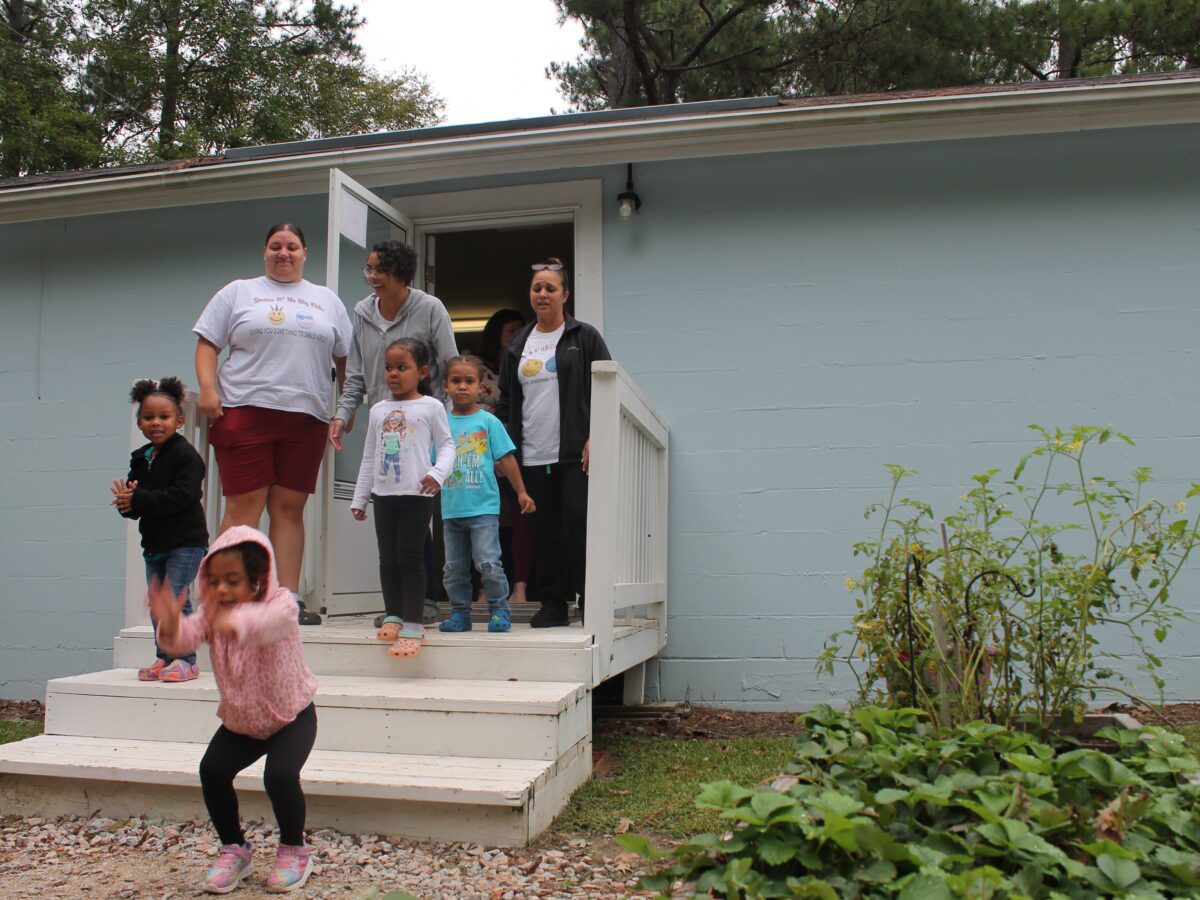

|
|
As North Carolina approaches the child care funding cliff, EdNC is starting to track closures of licensed child care programs across the state.
During the pandemic, early childhood education received an infusion of federal funding to help stabilize child care. That funding expired at the end of September. North Carolina has taken steps to extend some of that funding into the new year, but it is scheduled to run out at the end of June 2024.
A recent report from the Century Foundation estimated that 1,778 licensed child care programs will close in North Carolina if the state or federal government does not take action to prevent us from going over the funding cliff. That would be more than one third of the all licensed child care sites.
The N.C. Child Care Resource and Referral Council in partnership with the N.C. Division of Child Development and Early Education collects data monthly on the number and type of licensed child care programs in each of our state’s 100 counties. The data include both center-based and home-based licensed child care that serve children younger than school-age. You can explore our copy of the data here.
Even with federal stabilization funds, the state lost 194 (that’s 4%) of its licensed child care programs between February 2020 and September 2023.
As you can see on the map below, 54 of the state’s counties have already experienced a decrease in their number of programs, 21 counties kept the same number of programs, and 25 counties saw an increase in the number of programs during that period.
EdNC took a closer look at three subgroups of counties — the two counties with high Indigenous populations, the 8 counties in the northeastern corner of the state in which more than half of the population identifies as Black or mixed race, and the 18 counties in the southwestern corner of the state that make up the focus area of the Dogwood Health Trust.
The counties with high Indigenous populations (Robeson and Swain) saw a 7% increase in the number of licensed programs since February 2020.
The majority-Black counties (Bertie, Edgecombe, Halifax, Hertford, Northampton, Vance, Warren, and Washington) have collectively seen a 2.5% increase in the number of licensed programs since February 2020.
The Dogwood counties (Avery, Buncombe, Burke, Cherokee, Clay, Graham, Haywood, Henderson, Jackson, Macon, Madison, McDowell, Mitchell, Polk, Rutherford, Swain, Transylvania, and Yancey) saw less than a 1% increase in the number of licensed programs since February 2020.
But we already know a wave of closures is coming to this region at the end of October.
On Oct. 20, the N.C. Department of Health and Human Services issued a press release about the impending Oct. 31 closure of seven child care programs serving almost 300 students in the state’s westernmost counties.
These closures alone will flip the region’s nearly 1% increase in licensed child care programs to a 1% decrease if no new programs open their doors in October.
It’s likely the minor increases noted above are due to the federal stabilization funding that is set to run out next summer. That’s why EdNC will continue to look at new data as they are released to track the number of licensed child care program closures as we approach — and go over — the funding cliff.





